STAY dayoff [Korea Quality] / 스테이 데이 오프 [한국관광 품질인증/Korea Quality]
11.0Km 2021-03-29
6, Jahamun-ro 1da-gil, Jongno-gu, Seoul
This hanok (traditional Korean house) is located behind Seochon Food Street, located near Gyeongbokgung Station on Seoul Subway Line 3. It is located only 5 min away by foot from the station. Opening the door brings one to a small garden, furnished with stones and moss on a corner, and the interior also speaks to the unique combination of a modern hanok with contemporary sensibilities. The building is divided into the main building and annex building, with the former having two queen bedrooms connected by a living room and kitchen as well as two bathrooms.
The annex building is the hidden jewel of STAY dayoff, which houses a bathtub and a sauna facility behind a beautiful window wall. When the windows are opened, it is like being in an open-air bath overlooking the garden and the hanok. The standard occupancy of the house is 4, with a 10% discount available for guests staying for more than 2 nights on weekdays, and towel replacement and cleaning services are offered for guests staying for more than 4 nights.
Gaetmaeul (갯마을)
11.0Km 2016-09-23
248, Ichon-ro, Yongsan-gu, Seoul
+82-2-798-5655, +82-2-798-1655
Gaetmaeul restaurant, located in Ichon-dong in the Yongsan area of Seoul, is widely known for its specialty dish, Son-manduguk (handmade dumpling soup). Not only does it serve exceptionally delicious food, but the service is friendly, and the facilities are clean. As well as the excellent mandu dishes, such as manduguk (dumpling soup) and tteok-manduguk (dumpling soup with rice cake slices), the menu also includes bindatteok (Korean mung-bean pancake) and suyuk (boiled slices of beaf). The kimchi used to fill the dumplings and offered as a side dish is also particularly good.
Seochon Guest House [Korea Quality] / 서촌 게스트하우스 [한국관광 품질인증]
11.0Km 2023-04-07
28-3, Jahamun-ro 7-gil, Jongno-gu, Seoul
+82-010-3345-9680
Seochon Guest House is located in Seochon, which is becoming a hot place for tourists in Seoul, and precisely on the road to Suseong Valley, whichis filled with interesting stores and is also well-known for Park Nosoo Art Gallery and the House of Yun Dong-ju (poet). Seochon Guest House is nicknamed ‘Jaeminangol (interesting village)’ after Baekseok’s poem ‘Yeowunangol’, with the aim of providing a visit full of interesting experiences. Passing through a garden and entering the main building, the unique charm of this hanok building, the staircase to get to the first floor from daecheong (main floored room), catches the eye of the visitors. In addition, the building is decorated with various stylish objects including paintings and Korean musical instruments. The terrace situated on the first floor offers an open view of the surrounding area including roof tiles of hanok structures and alleyways in Seochon. It is said that Korean novelist Yoon Hu-myeong also appreciated the structure of the guesthouse, saying, “It is an interesting place.” Built in the 1930s, the house, which has many storage places, was taken by the owner couple in spring 2014 as they were attracted by the house during their trip to Seochon. After the repair work, the ground floor of the house was opened for guests from January 2016, hoping that guests could share their daily experiences and stories with each other. The guestrooms and the main floored room on the ground floor are open to guests, with the exception of the first floor, which is used by the owner couple. The living room is equipped with books, a curved TV, and a table. The tasty meal, which is served in the kitchen, consists of rice and soup with six side dishes and is much loved by guests. The guesthouse offers a total of four rooms – Jae Room, which is the most Korean-style room; Mi Room, which has a combined style of a Korean-style room and Western-style room; Nan Room, which is an ideal room for meditation with a beautiful paper window; and Ahn Room, which is equipped with a veranda and a pretty flowerbed. Every room has its separate charm with various comfortable bedding to provide a quiet and cozy bedroom for guests in the middle of the city. Furthermore, the guesthouse holds a pansori (epic chant) performance twice a year. The owner started learning how to sing pansori to promote the Korean culture and tradition to foreigners. When a pansori performance is held, the owner offers traditional Korean snacks and drinks including sikhye (sweet rice punch), sujeonggwa (cinnamon punch), traditional sweets and cookies, and tteok (rice cakes) to visitors, tourists, and performers. Moreover, it provides cultural programs such as a Gukak (Korean classical music) experience, Korean traditional clothes experience, and making Korean food experience, as well as other activities with guests, such as trip to the city wall between Inwangsan Mountain and Bugaksan Mountain, and the Royal Palace Tour to Gyeongbokgung Palace, etc., as well as a trip to a traditional market.
Centre Artistique de Goyang Eoullimnuri (고양 어울림누리)
11.0Km 2021-03-26
33, Eoullim-ro, Deogyang-gu, Goyang-si, Gyeonggi-do
+82-1577-7766
Goyang Eoullimnuri (고양 어울림누리), est un complexe dédié à toutes les sphères de la culture et des arts. Lorsque la nuit tombe sur Goyang, les étoiles remplissent le ciel. Face à cette belle nature environnante, le complexe Goyang Eoullimnuri est un espace où les individus peuvent se consacrer au bien-être, à la fois du corps et de l’esprit. Ce complexe propose des théâtres d’art moderne, un centre culturel, une galerie d’art, un complexe sportif, un gymnase, une patinoire, une piscine et d’autres infrastructures aux noms purement coréens (non dérivé du chinois), ce qui rend les visiteurs coréens rapidement nostalgique.
Podam (포담)
11.0Km 2021-03-22
11, Jahamun-ro, 9-gil, Jongno-gu, Seoul
+82-2-733-0831
A store featured in Korean gourmet programs. This Chinese (cuisine) restaurant is located in Jongno-gu, Seoul. The most famous menu is dim sum.
Sangchonjae (상촌재)
11.0Km 2023-08-25
12-11 Sangchonjae, Jahamun-ro 17gil, Jongno-gu, Seoul
Sangchonjae House, administré par la Fondation culturelle de Jongno, désigne un espace culturel hanok situé dans le village de Sejong, Ogin-dong, Jongno-gu. Le site propose différentes activités culturelles autour des traditions en Corée.
PANE PASTA - Jongno Branch (빠네파스타 종로)
11.0Km 2021-03-19
11, Jahamun-ro, 7-gil, Jongno-gu, Seoul
+82-2-777-6556
A specialty restaurant serving pizza and pasta dishes baked in an authentic Italian wood-fired oven. The representative menu is margherita pizza. This Western cuisine is located near Gyeongbokgung (Government Complex-Seoul) Station, Seoul.
Chamdaegutang (참대구탕)
11.0Km 2021-09-01
3, Hangang-daero 62-gil, Yongsan-gu, Seoul
+82-2-798-7380
This is a Korean cuisine located in Itaewon, Seoul. Clear fish soup boiled with codfish (fish). The best menu at this restaurant is codfish stew.
Porte de Sungnyemun (Namdaemun) (숭례문)
11.0Km 2022-08-03
40, Sejong-daero, Jung-gu, Seoul-si
+82-2-779-8547
La Porte Sungnyemun est le Trésor National N° 1, souvent appelée Namdaemun. Etant la plus grande porte en Corée, la Porte Namdaemun a une entrée de la forme d’une arche, au centre d’une plateforme en pierres. Le pillier et le toit sur la plateforme se divise entre une couche supérieure et une couche inférieure. Il y a une porte pour pouvoir passer à chacune des portes à l’est et à l’ouest. Les herbes vertes entourant la plateforme sont la preuve qu’il s’agissait bien du mur d’un château. Lorsque le premier roi de la Dynastie Joseon, Lee Seong-Gye (règne 1335-1408), a construit la ville capitale, il croyait que le feu atteindrait le Palais Gyeongbokgung, de même que la ville capitale, parce que le Mt. Gwanaksan de Séoul à la forme d’un feu, d’après les principes de Feng-Shui. C’est pourquoi, la tablette sur la Porte Sungnyemun a été inscrite verticalement afin de protéger la ville d’un incendie parce que les caractères chinois qu’on écrit dans le sens horizontal, ressemblent à un feu. L’idéographe de la tablette de la Porte Sungnyemun est solennel, élégant, puissant et décent. L’ idéographe est fameux pour le caractère du Prince Yangnyeongdaegun (règne 1394~1462), le premier fils du Roi Taejong (1367-1422) de la Dynastie Joseon. Comme il est situé au centre d’une grande route, c’est difficile de voir de près la Porte Sungnyemun mais on peut la voir facilement quand on prend un autobus ou marche dans la rue. La nuit, la lampe de mercure sous la Porte Namdaemun s’ajoute à sa beauté naturelle.
Bibliothèque littéraire Cheongun (청운문학도서관)
11.0Km 2023-08-25
40, Jahamun-ro 36gil, Jongno-gu, Seoul
La bibliothèque littéraire Cheongun si situe au pied du mont Inwangsan, elle est accessible en suivant les chemins de trekking du mont à partir de la porte Changuimun le long des murailles de la forteresse. L'établissement est réputé pour son architecture en hanok et les vues du mont Inwangsan.
![STAY dayoff [Korea Quality] / 스테이 데이 오프 [한국관광 품질인증/Korea Quality]](http://tong.visitkorea.or.kr/cms/resource/96/2707596_image2_1.jpg)
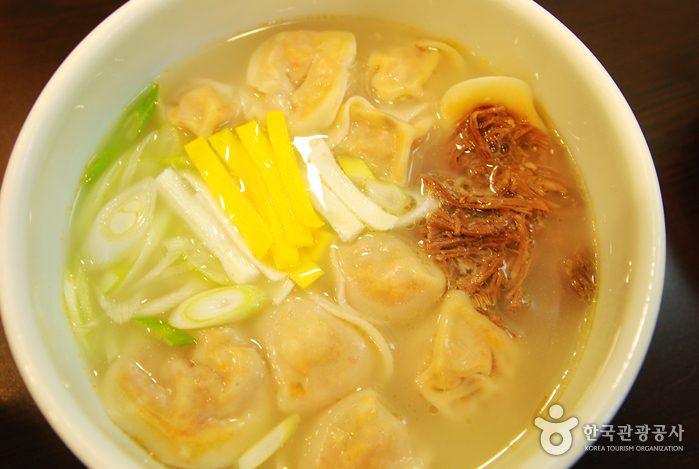
![Seochon Guest House [Korea Quality] / 서촌 게스트하우스 [한국관광 품질인증]](http://tong.visitkorea.or.kr/cms/resource/41/2447241_image2_1.jpg)
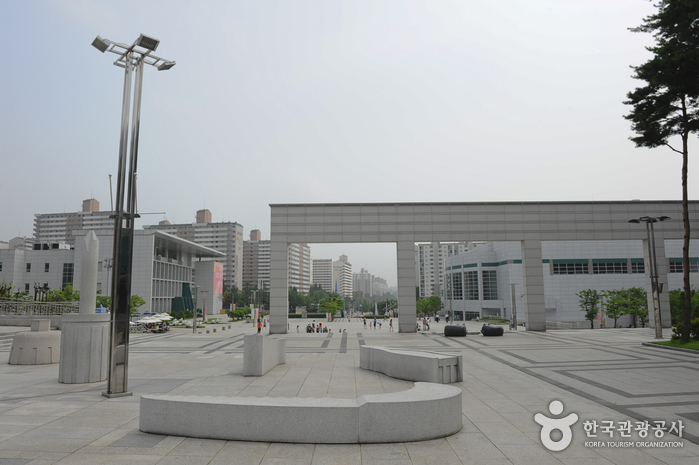
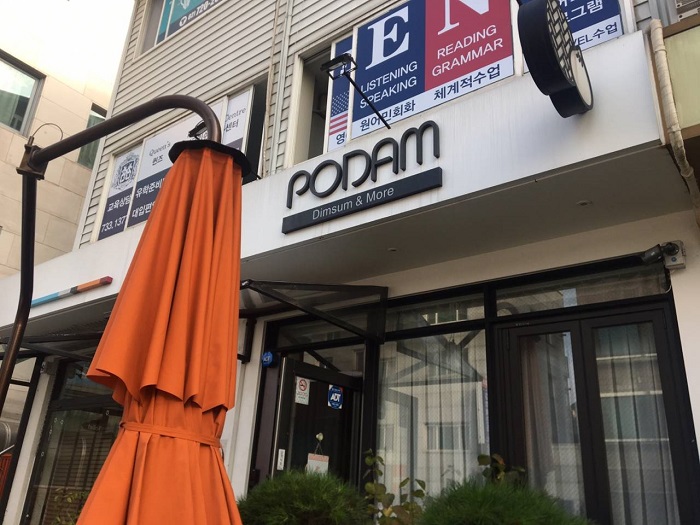

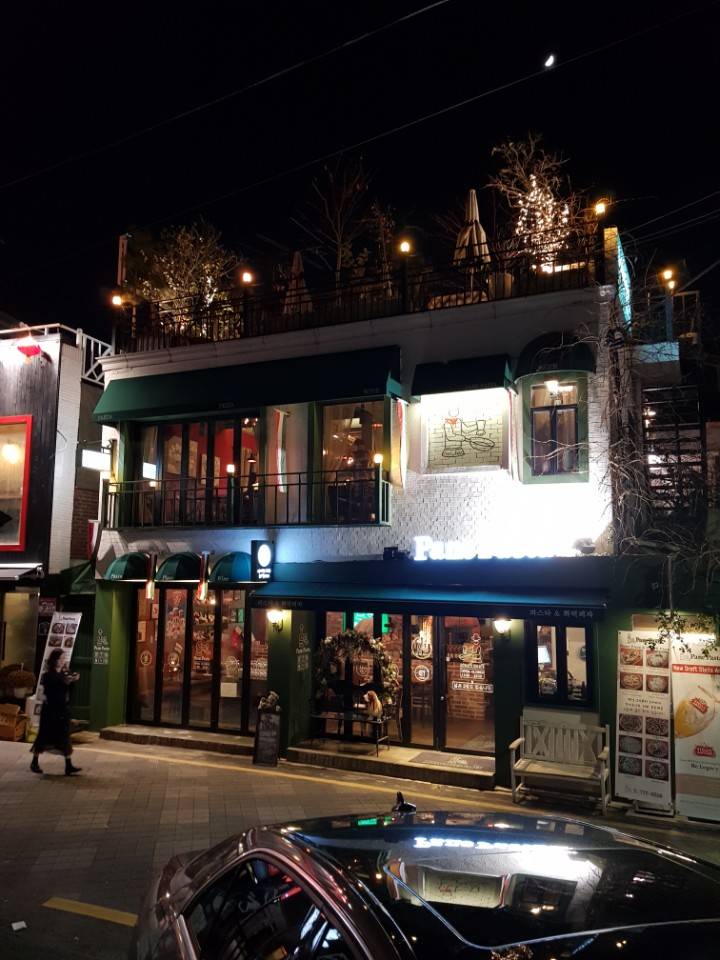
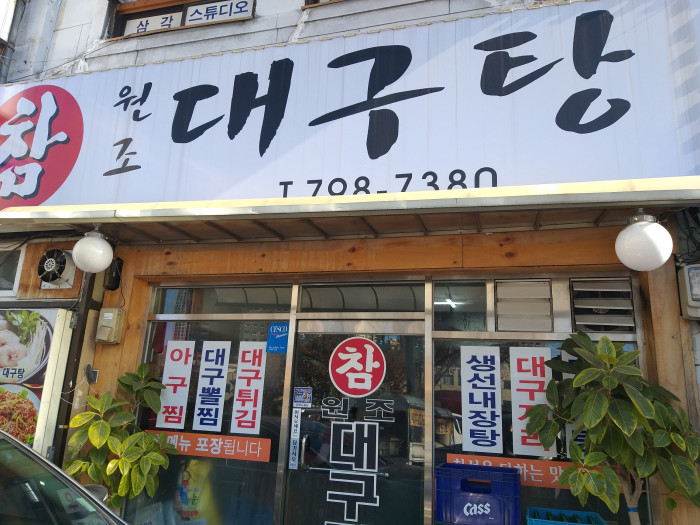
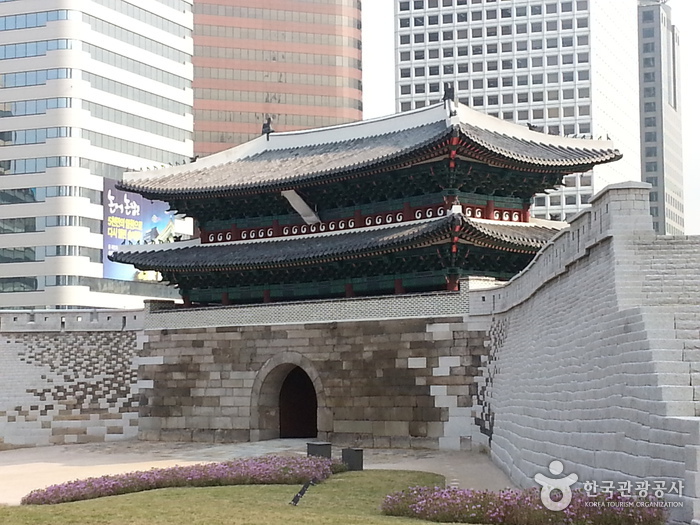
 Français
Français
 한국어
한국어 English
English 日本語
日本語 中文(简体)
中文(简体) Deutsch
Deutsch Español
Español Русский
Русский